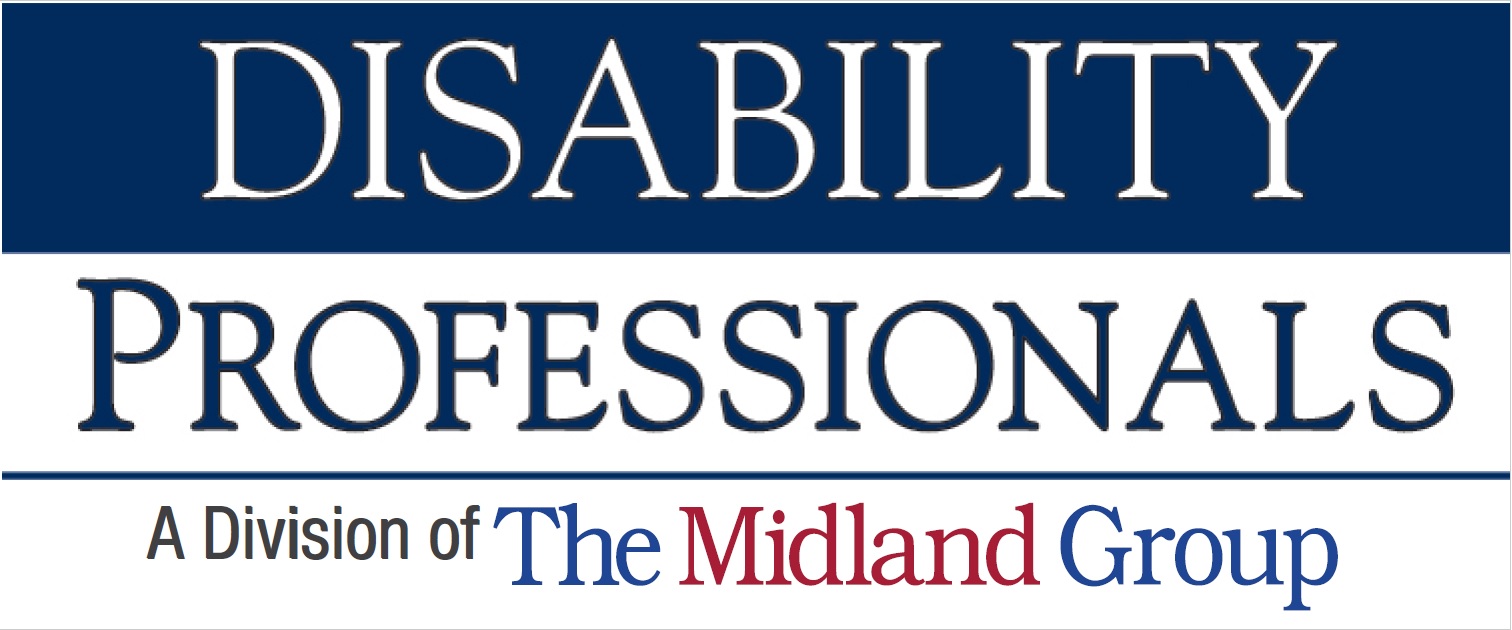Social Security uses a 5-step process to determine whether you are disabled or not. SSA goes through these steps in sequential order (Step one thru Five) one step at a time. This happens in each and every case and at every level from the initial application level through the hearing level. Failure to meet the requirements at any step results in a denial of disability. If your condition satisfies the requirements for a disability at Step 3 the case will be approved and Step 4 and 5 will not be used. Here are the 5 steps.
Step 1. At this first step, SSA determines if you have worked any since you said you became disabled. If you did work and your work exceeds the allowed limit your claim will be denied. If you worked but did not earn more than SSA allows your claim will proceed to Step 2.
Step 2. At Step 2, SSA determines if you have documented severe impairments that could keep you from working. SSA has a liberal view of what amounts to a “severe” impairment, so it is rare for SSA to deny a case at Step 2.
Step 3. Social Security calls Step 3, “The Listings.” This refers to a “list” of medical and mental conditions in the SSA “Blue Book”and Regulations that SSA presumes are automatically disabling. There are around 150 of these conditions. If you have one of these conditions and it is confirmed by your medical records and your condition is exactly meets every requirement of the Listing, then you are presumed to be “disabled” and you will get benefits. Listing-level conditions are quite severe conditions like blindness, multiple amputations, and terminal cancer. Therefore, most people who are on disability did not qualify for disability by equaling a Listing at Step 3.
Step 4. At Step 4, SSA determines whether your condition would prevent you from being able to return to any jobs you have done (past work) in the 15 years before the on-set of you disability. At this point SSA determines what your present mental and physical capacity for work still is in spite of your problems. SSA calls this your Residual Functional Capacity or RFC. SSA then analyses your work history. If your RFC would still permit you to do any of your past work, then you are “not disabled” and your claim will be denied. If your RFC would not allow you to return to any of your past work, then your case will continue to Step 5.
Step 5. At Step 5, SSA determines that since you can’t do your past work anymore, whether there would be any other job that exists in the US economy that a person with your Step 4 RFC could still do. If there is a job you could “hypothetically” still do then you will be denied. Social Security relies on vocational evidence from the US Department of Labor and other sources (and Vocational Expert witnesses at the Hearing level) to find jobs you might be still able to do in spite of your impairments. Social Security is good at finding jobs you probably have never heard of. If there are such jobs—even if there are not any of these jobs near you—you will be found “not disabled.”
Note on Drug and Alcohol abuse. If you have a history of drug/alcohol abuse and you are found “disabled at Step 3 or Step 5, SSA will add another Step before it will award you benefits. If SSA finds that your drug or alcohol abuse is “material to” your disability—that is if your substance abuse drives your disability so that if you stopped using you would not be disabled anymore—then SSA will find you “disabled” but it will not pay you any benefits.
What’s Next?
If you are unsure if you qualify for social security or a disability, we are here to help. Contact us today to let us do all the work for you and make sure you are getting all the benefits that you deserve.



